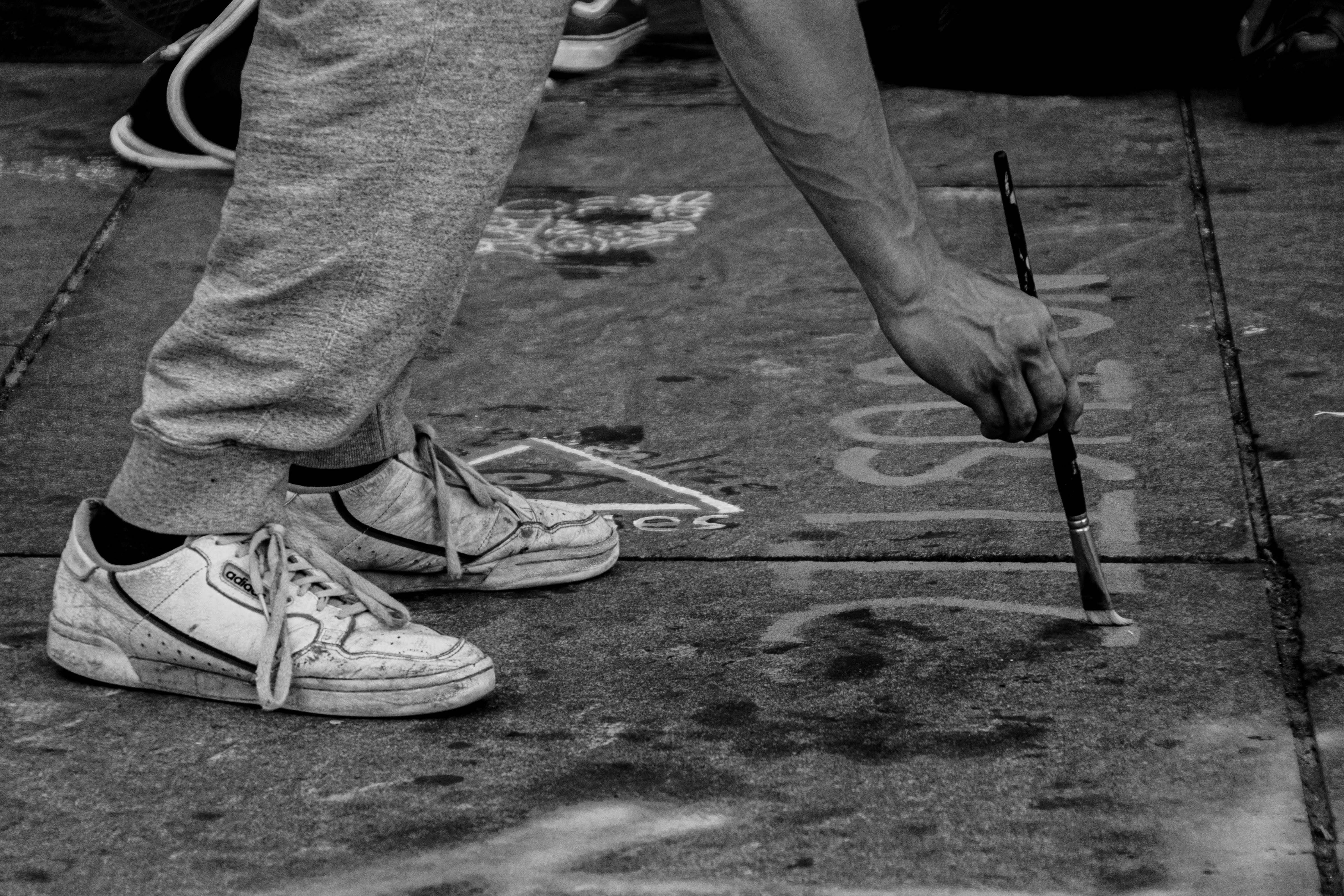
Fashions in the 1970s were much more relaxed than those of the 1960s before, many emerging designs showing signs of nostalgia with designers who took influence from previous decades. Laura Ashley stood out for being strongly influenced by Edwardian dresses and prints. Barbara Hulanicki’s Biba label produced a 20s / 30s-influenced look with long cotton skirts, long-sleeved shirts or robe, and a wide-brimmed hat. The use of 1930s-inspired colors, the two-tone black and cream or brown and cream, could be seen in shoes and ‘office workwear’ styles.
Looking back, fashion designers were still following new fashion trends for new ideas, ideologies, and social freedoms that were sought after for both men and women.
The different styles of fashion for certain groups of young people became evident again throughout this decade in the attempt to identify the different subcultures. Several major trends came and went, such as glamorous fashion (inspired by David Bowie) and disco fashion. (John Travolta on Saturday Night Fever 1977) Hippie / ethnic fashion trends for flared jeans, tie shirts, peasant blouses, headbands, and sandals continued from the 1960s. More influence from other cultures was incorporated as social awareness of social and environmental issues increased.
In the early seventies, the short skirts and ‘hot pants’ launched by Mary Quant in the 1960s were still very popular, however dresses were available to everyone in three set lengths, the mini (like the mini skirt) , the midi (length to the calf). and the maxi (ankles). Long, flowing ‘boho’ skirts and hippie inspired styles were very popular.
Footwear started to get more exotic with the platform shoes that appeared in the early seventies, their huge soles several centimeters thick for mainly women and some men! Health warnings accompanied this fad about possible back damage, yet you don’t hear many people saying they injured their back in the 70s with platform shoes, although my mother blames a couple of winkle pickers for their bunions.
Menswear continued on the brightest and most extravagant note of the previous decade. Flared jeans, once a symbol of manual labor and now a fashion statement, along with a chiffon shirt is perhaps the most common image associated with men from the 70s. However, glitter, heels, bright colors and disco wear were available for all genders as trends passed.
The lapels of all the shirts and jackets were enlarged and the herring tie seemed to be necessary for the smartest male outfit. Longer hair and beards were considered very fashionable for men, hippie and psychedelic influences were still in the fashion statements, although pop music had started to move.
In the late seventies, it was socially acceptable for most people to wear jeans and mostly flared jeans. Printed T-shirts became very popular in this decade along with sneakers and canvas shoes. The inspiration and ideals behind the hippie styles of the late 1960s weren’t as evident in society, but the fashions stuck.
Then Punk Fashion appeared on the scene with the original Punk band, The Sex Pistols. Legendary Vivien Westwood was a partner with Sex Pistols promoter Malcolm McLaren and is credited with creating the original Punk style.
This look was based on black leather, ripped denim, and slogans on t-shirts with the intention of provoking and insulting people who thought of what were considered mainstream ideals. The punk message was “destroy.” This destruction was of all that was considered ordinary good taste. Spiked hair dyed in bright colors and second-hand clothing tattered to demonstrate a rejection of accepted fashions and ideals. The punk trend continued well into the 1980s.